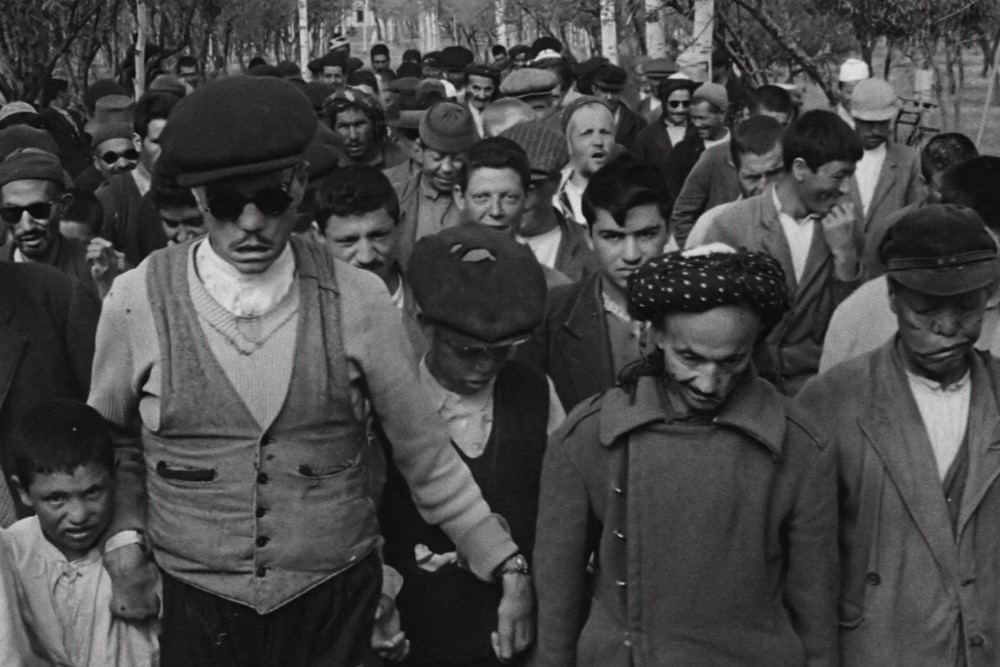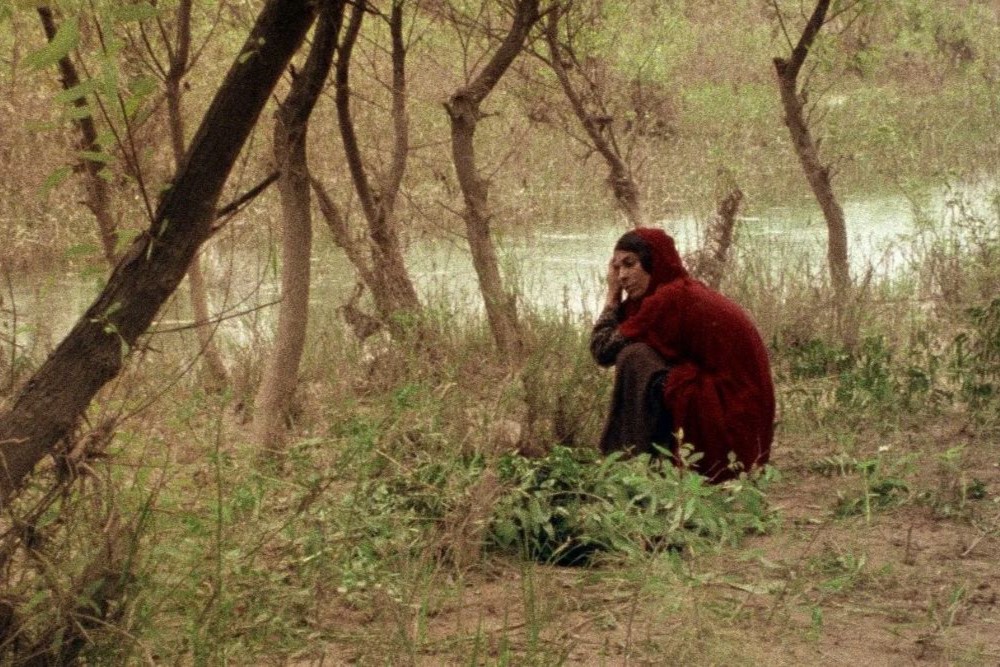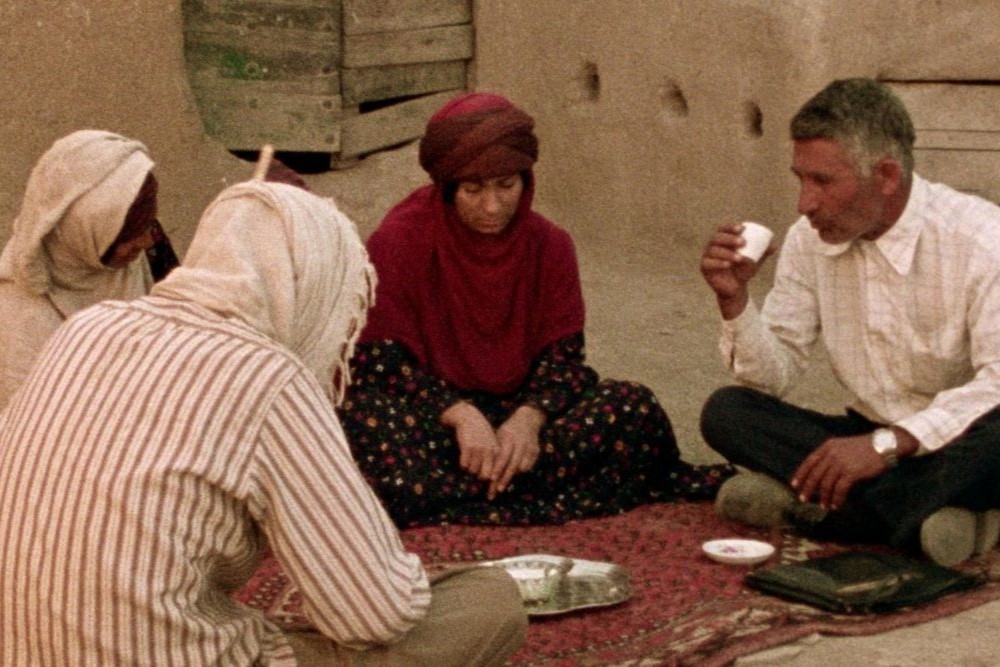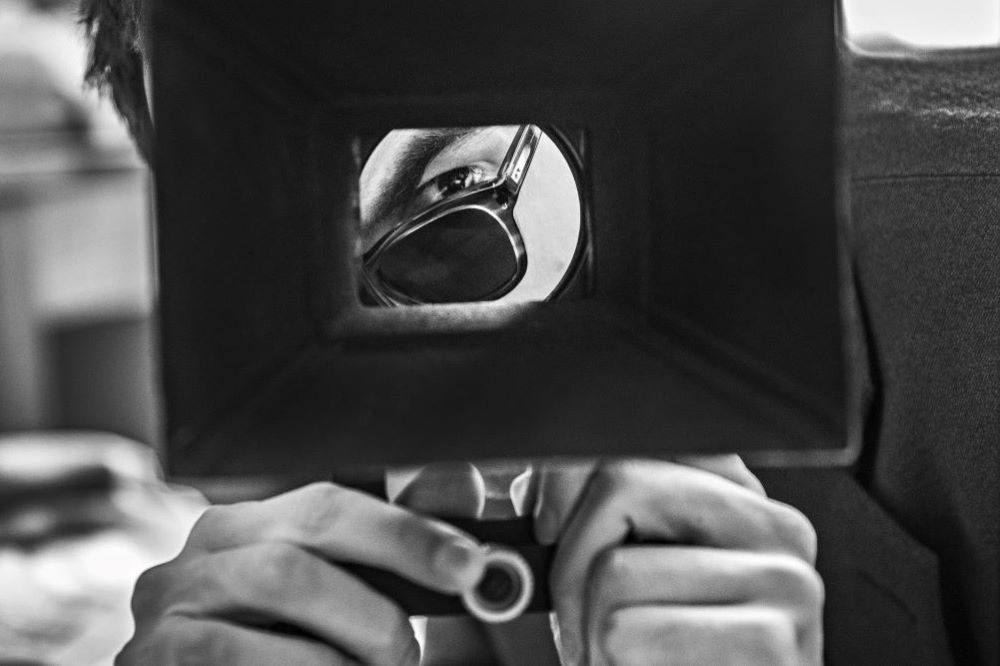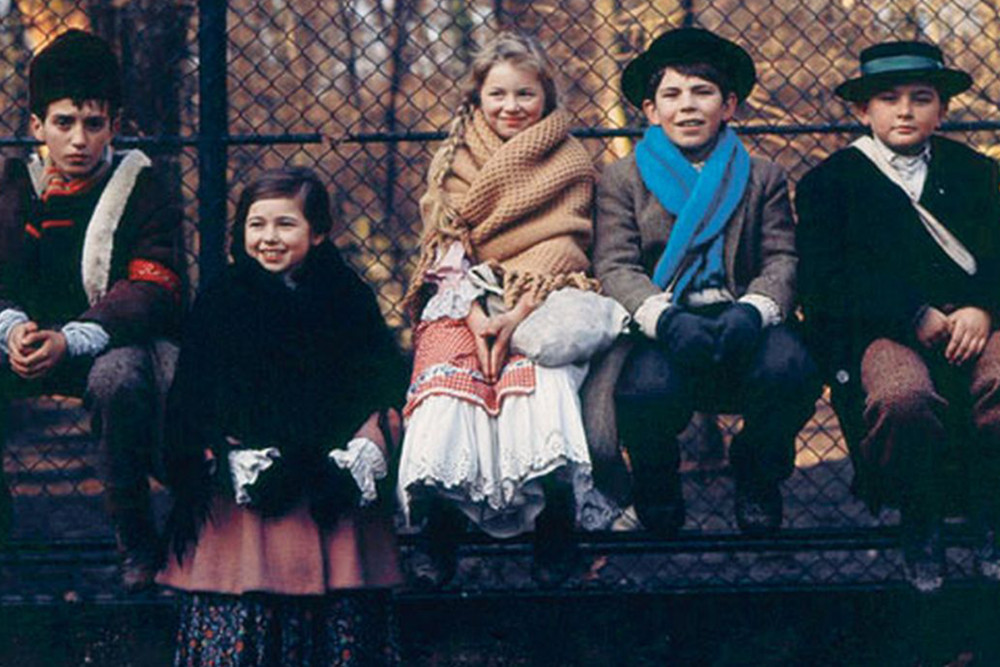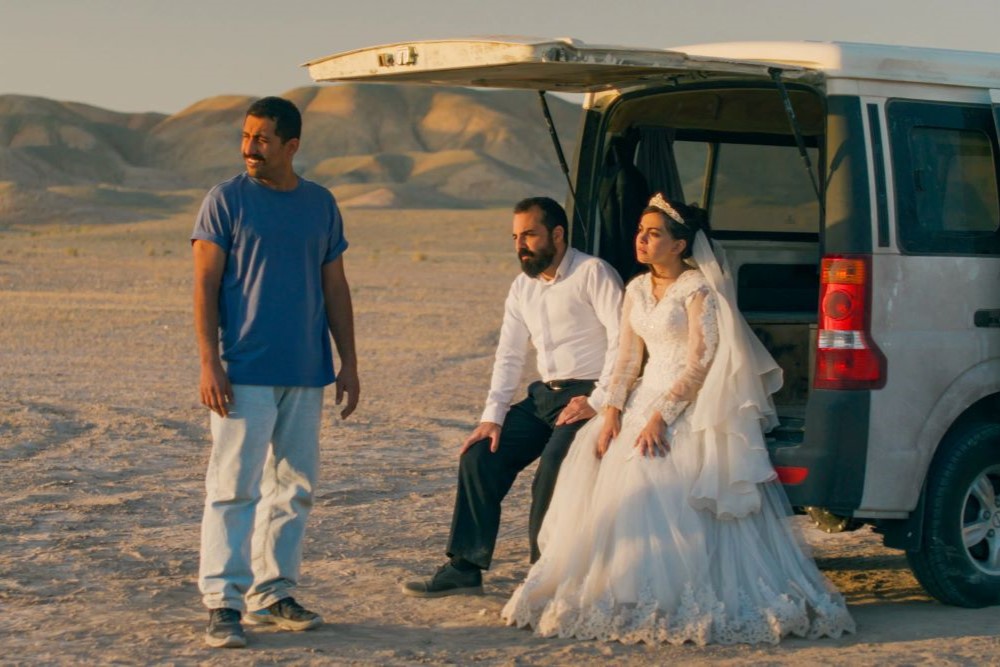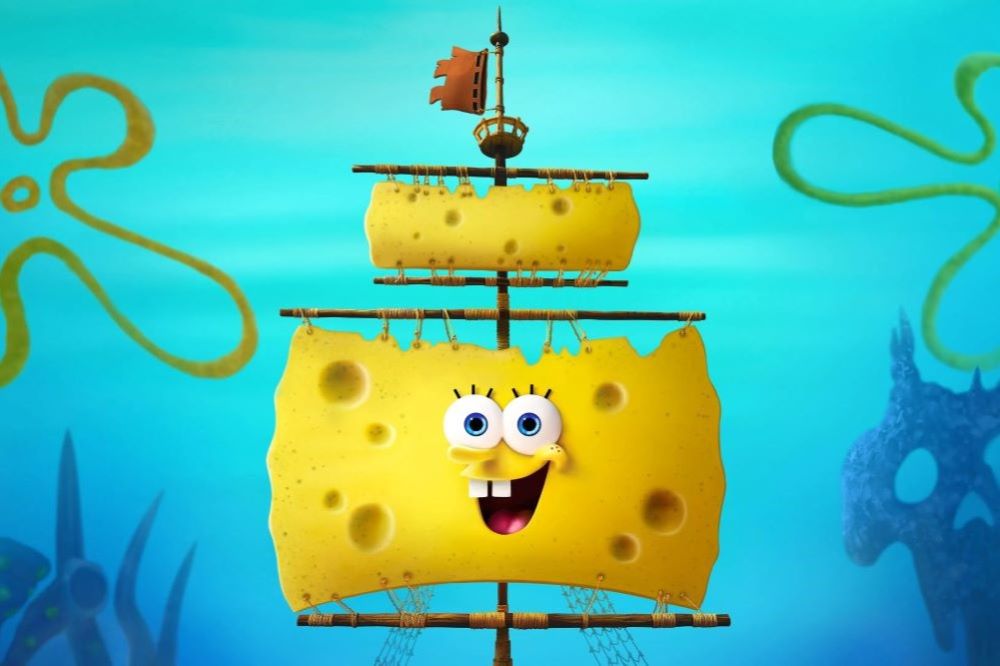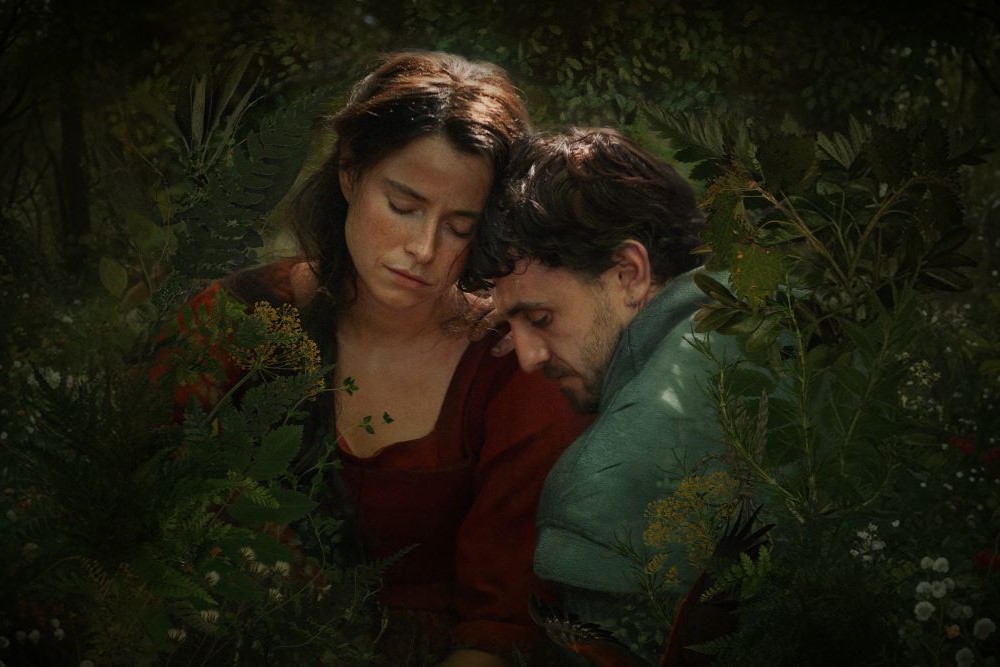Summary
This is a film about the lives of people suffering from leprosy, but also about life itself ... A representation of any closed and claustrophobic society, image of futility, isolation and separation. (Forough Farrokhzadin)
The black-and-white documentary by Forough Farrokhzad, about a colony of lepers in northern Iran, is the most powerful Iranian film I've seen. Farrokhzad was awarded as one of the finest Persian poets of the twentieth century; in her only film, she seems to apply poetry techniques to framing, editing, sound and narration. At the same time lyrical and concrete, devoid of pathos and voyeurism, deeply human, the film offers a glimpse into everyday life in the colony - people eating, various medical treatments, children at school and during playtime - spiritually, boldly and beautifully without anything similar in the West, for my eyes and ears it seemed like a prayer. (Jonathan Rosenbaum)
This was not a classic institutional film - as it did not praise and point out its sponsor, the Association for aiding lepers, it did not even follow the established official style of such films. Moreover, it set the ladder and became a model for poetically realistic documentaries and their vision, what Mehrnaz Saeed-Vafa and Jonathan Rosenbaum aptly called radical humanism. (Hamid Naficy, Social History of Iraninan Cinema, Vol II)
featured
Hommage iranskim autoricama
Posebnost riječkog programa 25 FPS-a dva su restaurirana remek-djela svjetske kinematografije, jedno dokumentaristike, a drugo sporog filma, radovi iranskih autorica Forugh Farrokhzad i Marve Nabili. Farrokhzad je jedna od najcjenjenijih pjesnikinja današnjice i njezina pjesma Vjetar → more
03.10.2025.
Zapečaćeno tlo
Khake Sar Beh Mohr, Iran, 1977., director: Marva Nabili, feature film
